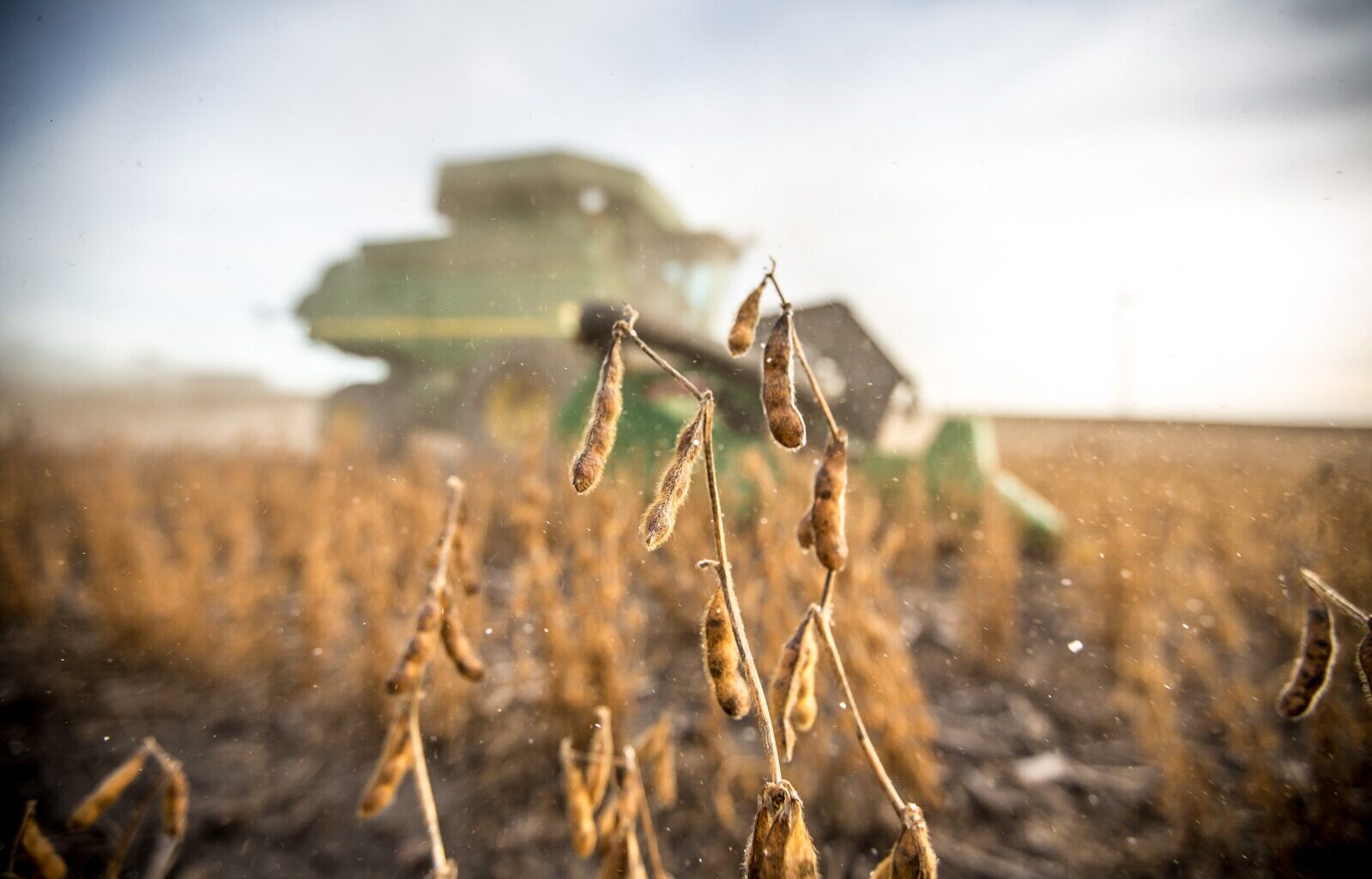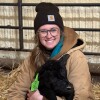SIOUX FALLS, S.D. — There are several variables that come into play when looking at the economic outlook for 2025, said Matt Erickson, Farm Credit Services of America ag economic and policy adviser, at AgOutlook 2024 hosted by South Dakota Soybean in Sioux Falls.
“Things like interest rates, inflation, GDP,” he said.
Erickson said that in 2025, we are going to see a big intersection between policy and economics. He said during a time of uncertainty, it’s important for producers to focus on what they know and what they can control.
“Right now, producers are kind of going through their expected cash flows for 2025, planning to work with their lender here for the next year, so I would really encourage them to think about what they can currently control, maybe stress test some of those variables such as their cost of production or prices that they could receive,” he said.
Ariana Schumacher /Agweek
Erickson also encourages producers to think about risk management tools that they can utilize.
“I know we are kind of in this period of uncertainty, speculation, but really focus on what you know right now as you plan for 2025,” he said.
Tariffs are something uncertain as we look to next year.
“A lot of rhetoric right now is putting these additional tariffs on Canada and Mexico as well as China. Some you’ve got this kind of speculation, you’ve got this introduction to policy, but the question is what the outcome could be,” Erickson said.
On the macro economy side, tariffs are inflationary, Erickson said.
“Basically, it’s essentially a tax,” he said. “When you think about the inflation environment right now, the Federal Reserve’s No. 1 goal is to get inflation down to 2%.”
He said it will be a trek to get inflation down to 2% from where we are today. Inflation will in turn impact interest rates.
“Why that impacts interest rates is if we see stubborn inflation not getting down to that 2%, that means that the fed could stay higher for longer in terms of their interest rate policy that they set,” Erickson said. “On the agricultural side, I think it’s all about demand when we talk about tariffs.”
China, Mexico and Canada are all large customers of American commodities, especially soybeans and soybean products.
“So, I think it really depends on, when we talk about tariffs on the soybean side, how exactly these countries could retaliate if they decide to do so,” Erickson said.
But there are other factors that could also impact ag markets in the upcoming year. When it comes to markets in 2025, particularly soybeans, Erickson said producers need to look at the Brazilian crop that is underway currently.
“I think all expectations are we’ve seen some weather outlooks more favorable for a relatively strong or record-breaking soybean crop in Brazil, so that’s going to have an impact on the market here probably the first quarter of next year,” he said.
Right now, is typically the cash flow planning season for ag producers,” Erickson said.
“When we think about cash flows, one, costs of production are likely not to go down much in 2025, so plan for that,” he said.
Erickson encourages stress testing your cash flow and it’s a method he uses on his own operation in Indiana.
“What I mean by that is if you have an expected cash flow, let’s say that you have a 1 to 2% increase in your cost of production or a 1 to 2% increase in what you expect for the prices that you receive, what does that mean for your farming operation? So that’s important to do as well,” he said.
Being proactive on the crop insurance and risk management side of the operation is also important when planning for the upcoming year, Erickson said.
“There’s a lot of opportunity out there with regard to protecting your margin, being vigilant with kind of markets and the upside and volatility that could happen,” he said.


